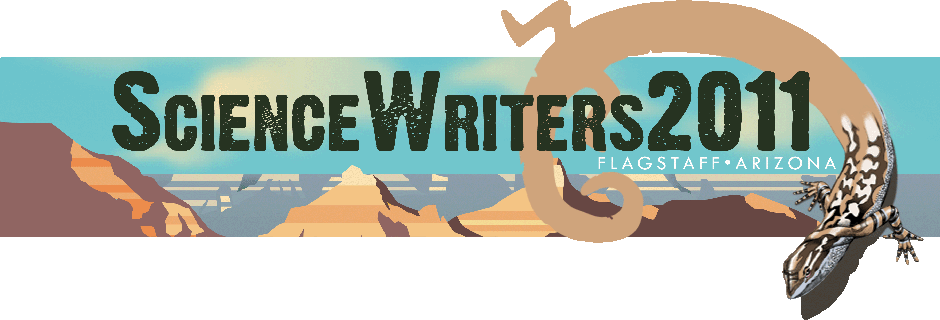The Goldilocks Zone: Searching for planets outside the solar system
- Time:
- Monday, October 17th, 2:30 pm - 3:30 pm
- Location:
- Doyle/Rees
- Speaker(s):
- Natalie M. Batalha, Ph.D.
The aim of NASA’s Kepler mission, which was launched in 2009, is to search for habitable planets outside the solar system. Astronomers have discovered and catalogued three kinds of exoplanets that seem unlikely to be habitable—gas giants, hot super-Earths, and ice giants. Kepler’s particular mission is to look for planets no bigger than twice Earth’s size, where liquid water is likely to exist—planets in what Natalie Batalha and her colleagues sometimes call “the Goldilocks zone.”
Batalha helps make decisions about where Kepler is going to put its resources, and she is part of the working group that evaluates planet “candidates” to decide which ones to pursue and try to confirm. Telescopes on the ground will be enlisted to determine whether those candidates are planets—or some sort of artifact picked up by Kepler. The score as of summer 2011, is: Candidate planets—1,235, around 997 stars. Sixty-eight of these are approximately Earth-sized, but none of those are in the habitable zone around their stars. Batalha will update us on the mission, including data from the ground-based observing season, which winds down in October, just in time for ScienceWriters 2011. For more information


